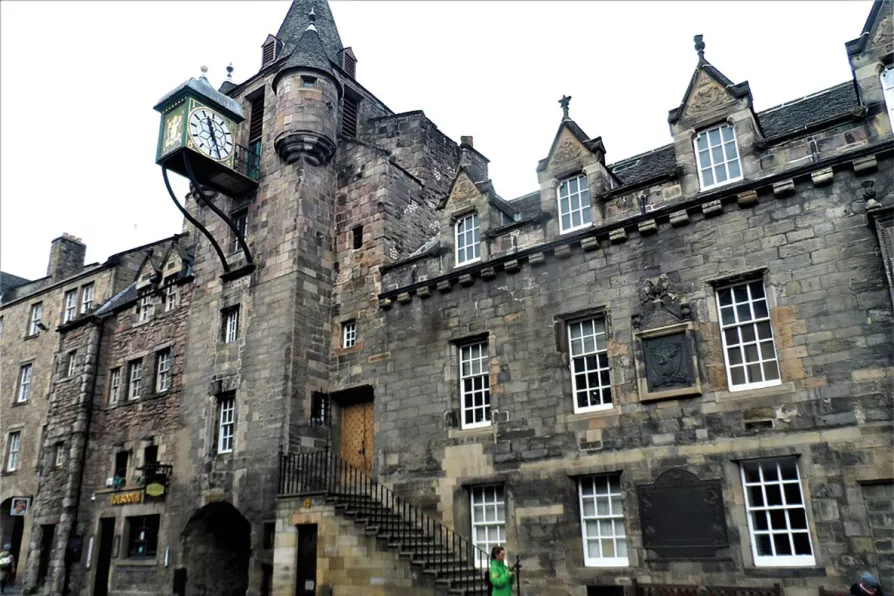Labour will find increases in the state pension age are unacceptable, just as cuts to the Winter Fuel Allowance, personal independence payments and universal credit are — it needs to change direction immediately, writes PCS general secretary FRAN HEATHCOTE

 OUR HISTORY:
The People’s Story museum, housed in the Canongate Tolbooth, Edinburgh
[CC — Sheila1988]
OUR HISTORY:
The People’s Story museum, housed in the Canongate Tolbooth, Edinburgh
[CC — Sheila1988] ON Thursday night, I was among the speakers at the Govan and South West Morning Star Readers and Supporters Group’s meeting to discuss how we “Defend what we’ve won against the right and extreme right.”
All three of us speaking — former MP Chris Stephens, community activist Danny O’Neill and myself — spoke of the concerns of a rising far-right narrative in our society.
We identified Tony Blair’s bizarre policy of encouraging immigration while claiming to “crack down” on it, the rhetoric and actions of the last Tory government, and, of course, Keir Starmer’s apparent determination to repeat the mistakes of both as key moments in the present cycle.
As the meeting went on, a certain John Foster gently admonished us for not referring to the struggles against and the eventual defeat of the Blackshirts of the 1930s or the battles against the National Front in the ’70s and ’80s in which he himself was engaged in Govan.
As usual, he had a point.
It’s easily done, as we look at the present, myriad forces marshalled against a united working class, sometimes our horizons can get a little cluttered, but a great future needs a solid foundation.
I’ve led a remarkably privileged existence so far, maybe not in financial terms, but in the stories that swirled around me growing up. I knew my great grandfather, a man who went down the pit at 12 in 1920 and stayed there through a general strike, a world war and nationalisation, and lived long enough to see the great strike of 1984-85.
He used to damp down the tobacco into his pipe with a stump of a thumb that was an endless fascination to the kids. “I bit it off eating ma’ fish supper,” he’d tell us, but the truth was that it had been cut off by one of the new cutting machines that came to the pit when the people took ownership.

It’s hard to understand how minor divisions can come to dominate the process of building a challenge to the rule of the rich when the desperate need for a vehicle to fight poverty and despair is so abundantly clear, writes MATT KERR

















